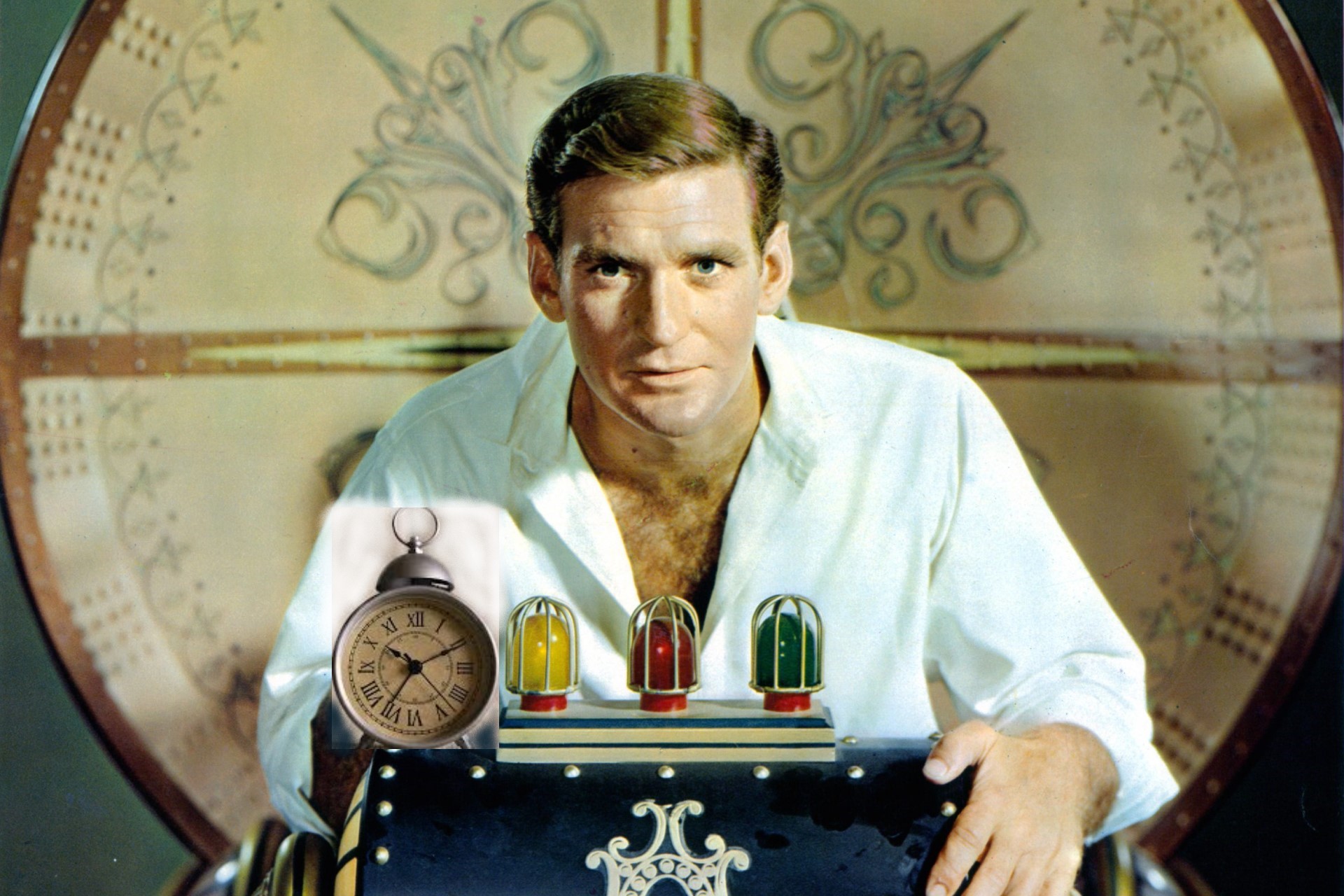The Stone of Destiny: Why was a rock so important at King Charles' coronation?
For many people, placing much importance on a rock seems a little strange. But this oblong block of sandstone has a remarkable history and a fundamental role in the coronation of King Charles. Why is it so important?
The Stone of Destiny is an artifact that has been damaged repeatedly, part of a number of myths and legends, disputed for seven centuries, and stolen twice. For a long time, this stone has been of significant importance in folklore and mythology.
The stone weighs around 152kg (335lb) and measures 26 inches (66 cm) by 16 inches (41 cm) by 11 inches (28 cm). According to Scottish historians, the stone, geologically, is of Early Devonian age, around 400 million years old.
The stone is deemed by scientists to have come from Scotland, despite legend declaring its origin in Palestine 3,000 years ago, as National Geographic tells us. It was Scotland that prized this object above all others.
The stone, named after the town 'Scone' just north of the Scottish capital, Edinburgh, in Scotland was used to crown Scottish Kings. It is an ancient symbol of the Scottish monarchy. That is, up until it was stolen... by the English.
In 1296 the stone was stolen by England. King Edward I took the stone from the Scots and used it to make and adorn a new throne at Westminster. Since that moment. it has been used in coronation ceremonies of the monarchs of England and Great Britain.
The current Coronation Chair was made to house the stone in 1301 and it was first used at the coronation of Edward II. These are some of the most treasured artifacts in the British royal family.
Time had passed until Christmas Day 1950 when four Scottish students took the stone from Westminster Abbey in London, where it had been sitting for centuries. They found the stone three months later, 500 miles away – at the high altar of Arbroath Abbey, again, a town just north of the Scottish capital, Edinburgh.
It was only recently, in 1996, that is was finally given back to Scotland. On St Andrews Day, 30 November that same year, 10,000 people stood to watch along Edinburgh’s Royal Mile to witness the Stone of Destiny return to Scotland for the first time in 700 years.
As the Scottish Historic Environment website tells us, a 'specially-designed scaffold had to be carried into the Abbey and carefully erected over the Coronation Chair'. Then a pulley was used to edge the stone out little by little. This was a process that had been practiced and rehearsed many times.
The Stone of Destiny completed a 400-mile, police-escorted journey from Westminster Abbey to Edinburgh Castle. Historic Environment tells us there had been months of highly detailed planning. It was returned after an announcement in Parliament by the then Prime Minister John Major who wished to see it safely returned to its origin - on the condition it be transported back to Westminster Abbey for future coronations.
The stone reappeared for King Charles' coronation - although visitors could already take a glance at the mysterious object. The Stone is displayed alongside the Crown Jewels in the Royal Palace... but some aren't happy about it.
According to a report by The Telegraph, the former First Minister of Scotland, Alex Salmond, was unhappy with the decision made by the leader of the SNP to give the stone back. He said it should be 'held to ransom' in return for an independence referendum. He branded the leader, Humza, Yousaf a 'pet poodle' for letting it leave.
All the same, the stone did leave and was nestled under the coronation chair for King Charles' big day.
But there are some things about the stone you couldn't see too clearly from watching the coronation on TV. If you look closely, you can see surprising markings that had only been discovered recently.
Before the stone was publicly displayed back in Scotland, cleaning of the 700-year-old object revealed some interesting discoveries. The stone had been covered in years of debris and dust.
There was a wax seal and a small lead tube containing a triangle of paper. This was from a larger document, declaring the stone's authenticity so people could recognise the real one if it was ever taken. But is the stone currently at Westminster the real stone?
Legend tells us that perhaps the real Stone of Destiny never made it into the hands of King Edward in 1296 and that the Scots had hidden it, replacing it with a replica.
Myth also tells us that the recovered stone, taken by the four students in 1950, is not the real stone, but no truth has ever been declared to support the theory.
Now, the stone has completed a 3D modeling and X-ray study, giving us more information about the stone. First, the type of rock, sandstone, does indeed link the block to Scone - where the same red sandstone is found.
The scientists have also discovered further markings in the boulder. These showed that various tools were used to work on the stone. But also, Roman numeral-type markings were found - a trio of Xs and a V. No one knows what that means as yet.
Head of research at HES, the Historic Environment Scotland, Ewan Hyslop, said that it was "very exciting to discover new information about an object as unique and important to Scotland’s history as the Stone of Destiny." But he admitted, "We may not have all the answers". Yet.
































